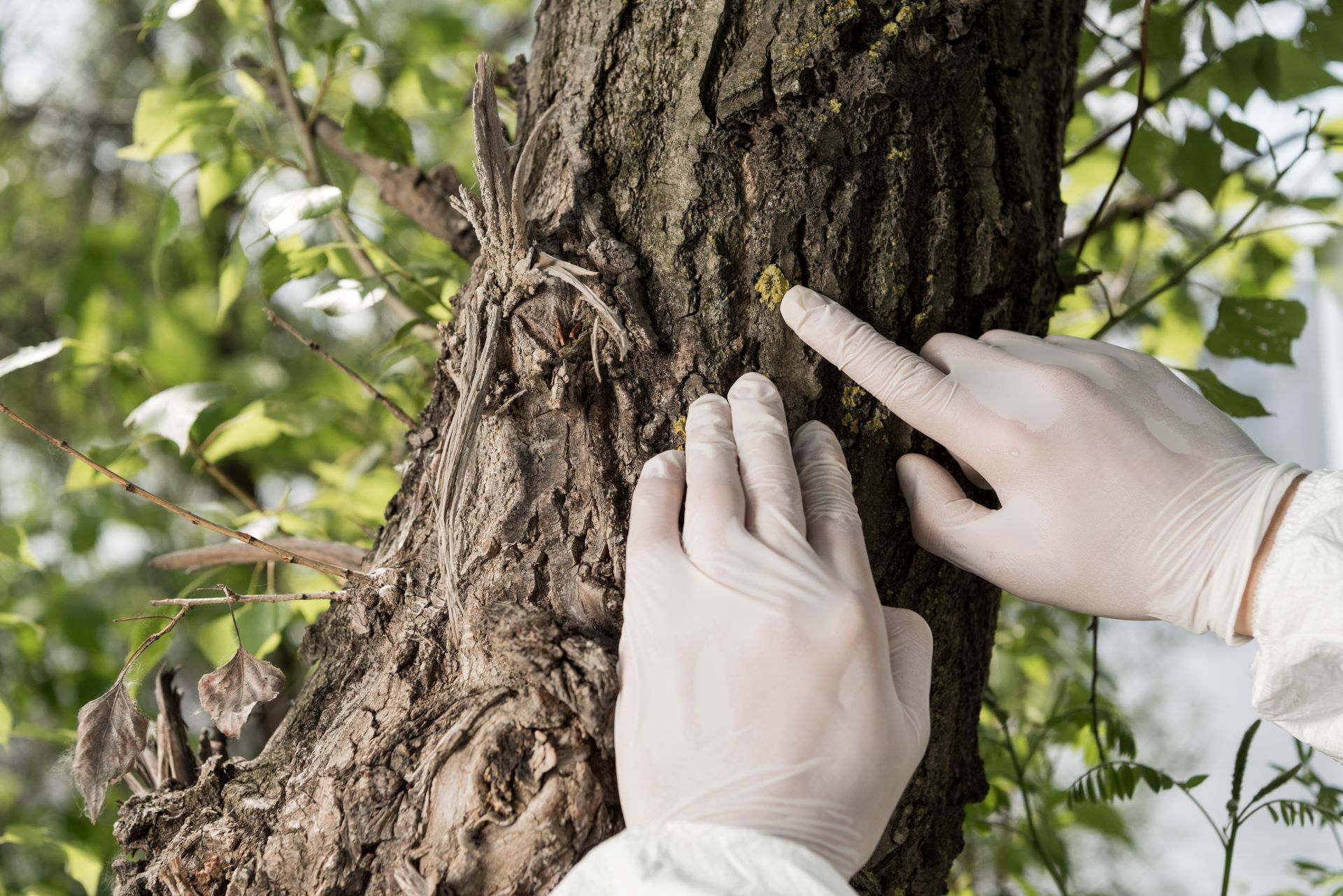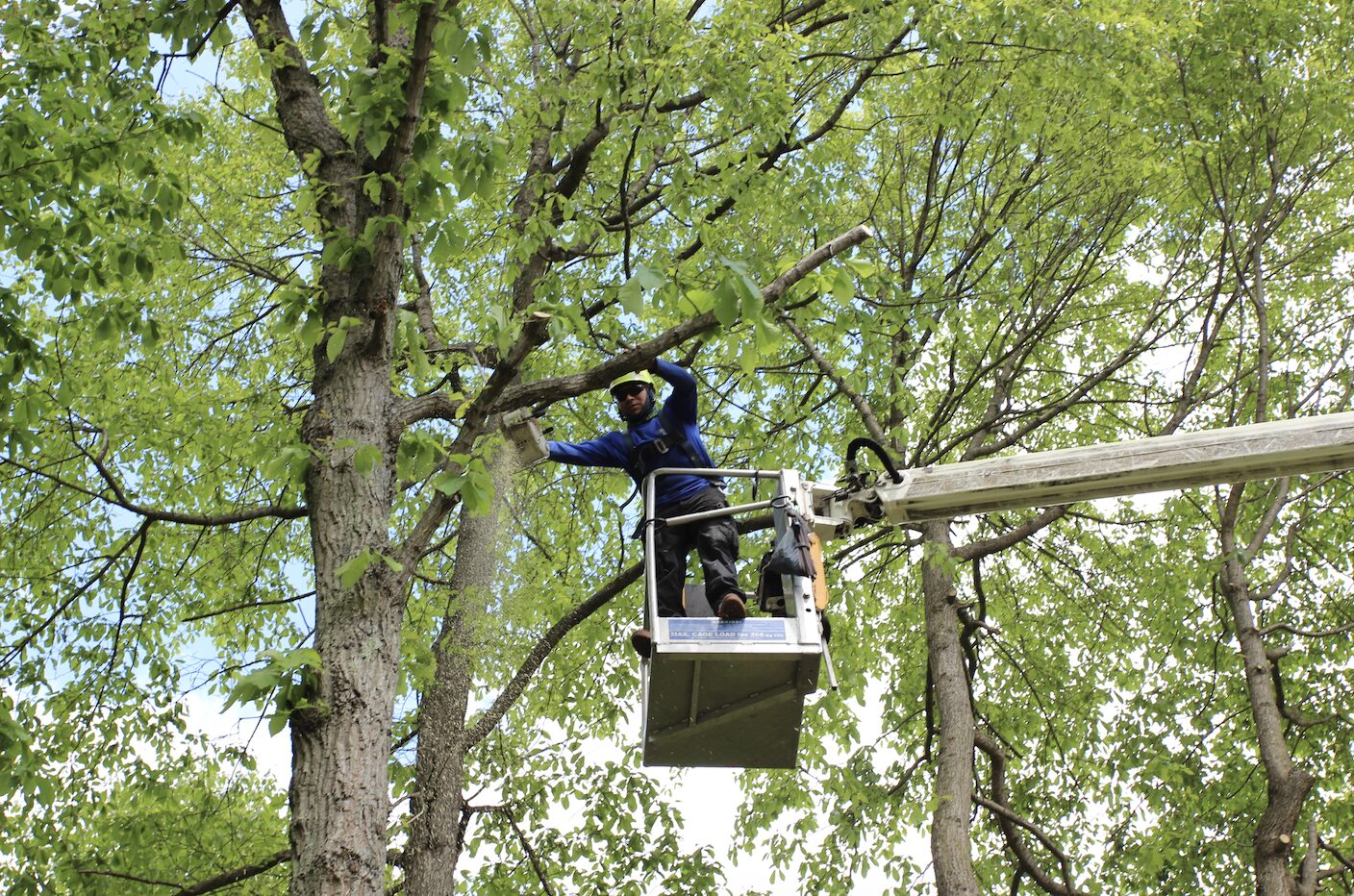In Atlantic County, we take pride in our lush, green landscapes that beautify our homes and communities. However, maintaining the health of these landscapes, particularly our trees, poses a challenge due to various prevalent tree diseases. As dedicated caretakers of our local environment, it is crucial for us to understand these diseases and how they affect our trees. Recognizing the signs early and knowing how to handle them can make a significant difference in the longevity and vitality of our trees.
Our environment demands that we stay vigilant and proactive in caring for these natural assets. This includes adopting effective preventive measures and, when necessary, timely intervention to treat diseases before they cause irreparable damage. In the following sections, we’ll explore the common diseases that our trees might face here in Atlantic County, lay out some strategic prevention tactics, and provide a practical guide on treating infections. Moreover, we’ll discuss when it’s time to call in professionals to handle severe tree health issues, ensuring our trees continue to thrive and enhance our community’s natural beauty.
Common Tree Diseases Found in Atlantic County
In Atlantic County, our trees often face a range of diseases that can impact their health and longevity. Recognizing these common afflictions is the first step towards ensuring that our green companions thrive in our landscapes. One prevalent disease here is Apple Scab, commonly affecting both ornamental and fruit trees, particularly crabapples and apples. This fungal disease causes unsightly spots on leaves and fruit, often leading to premature leaf drop.
Another disease we frequently encounter is Powdery Mildew. This fungal infection forms a white or gray powdery coating on leaves, stunting growth by obstructing sunlight. Additionally, we must be wary of Fire Blight, which mercilessly attacks pear, quince, and apple trees, leaving behind blackened leaves, fruit, and branches as if scorched by fire. By identifying these diseases early, we can take timely actions to manage their spread and mitigate their impact on our beloved trees.
Preventive Measures for Protecting Your Trees from Diseases
Maintaining healthy trees in Atlantic County involves proactive measures to prevent diseases before they become a threat. Ensuring that our trees are strong and healthy starts with selecting disease-resistant tree varieties whenever possible. This initial choice can significantly reduce the prevalence of common ailments in our yards.
Moreover, good cultural practices are crucial. We ensure our trees have well-draining soil to prevent waterlogged roots, which can lead to root rot and other health issues. Proper spacing between trees also plays a key role in disease prevention; it ensures ample air circulation that can help minimize the humidity levels around the foliage, thereby reducing the risk of fungal infections such as Powdery Mildew. Regularly cleaning up fallen debris and diseased leaves from around the tree base helps eliminate potential sources of infection and keeps the area clean and less hospitable to disease-spreading pests. Through these preventative strategies, we actively safeguard our trees, enhancing their ability to grow strong and resilient, even in the face of local plant diseases.
Step-by-Step Guide to Treating Infected Trees
When we encounter a tree suffering from disease, it’s crucial to approach treatment methodically to ensure the best chance of recovery. The first step is always proper diagnosis, which involves identifying the type of disease based on symptoms like discolored leaves, cankers, or premature leaf drop. Once the disease is identified, we choose an appropriate treatment method, which might include pruning away diseased portions of the tree to prevent further spread.
Application of the right fungicides or pesticides is often necessary, depending on the disease type and severity. We strictly follow environmentally safe practices, ensuring that any chemical treatment is applied minimally and carefully to protect not only the tree but also the surrounding ecosystem. Additionally, improving the tree’s overall health through proper watering, mulching, and fertilization can strengthen the tree’s ability to fight off and recover from disease.
When to Call a Professional: Identifying Severe Tree Health Issues
Sometimes, despite our best efforts, a tree’s health issues can become too complex or severe for routine maintenance, and that’s when calling in professionals like us becomes essential. Severe health issues might include deep bark cankers, large-scale leaf blight, or structural problems such as cracked limbs or a leaning trunk, which pose safety risks.
In such cases, professional arborists can provide the expertise and tools necessary to diagnose accurately and treat effectively or to safely remove a tree if necessary. We use advanced techniques and equipment to handle severe tree health issues, ensuring that each action taken is in the best interest of the tree’s health, your safety, and the aesthetic and ecological balance of your property.
Conclusion
Preserving the health and beauty of our trees in our beautiful Atlantic County is more than just a duty; it’s a passion that we carry into each project we undertake. Whether it’s through strategic tree planting to enhance curb appeal, careful maintenance to prevent disease, or expert intervention to treat severe issues, our commitment remains the same: to provide you with the highest-quality tree care services.
Protecting the trees in your landscape not only beautifies your property but also contributes to a healthier environment for everyone. If you’re facing tree challenges or just looking for ways to improve your property through professional tree care, we’re here to help. Reach out to us at Bergholz’s Tree Experts, and let us help you ensure that your trees remain a valuable and cherished part of your landscape.




